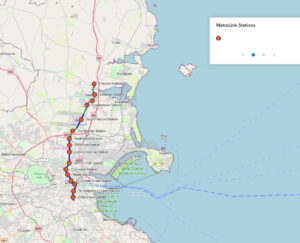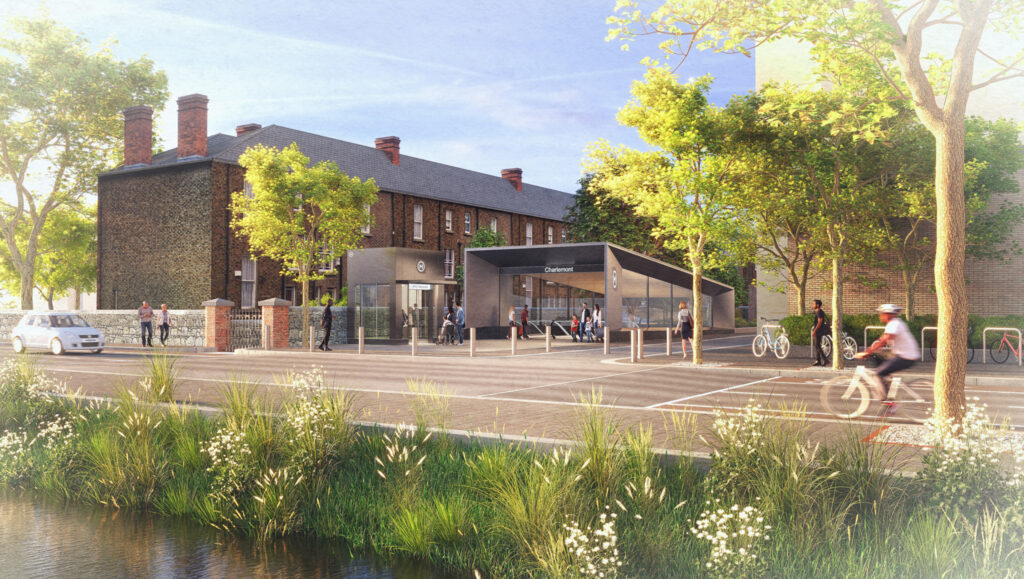Dublin took a major step towards modern public transport today, as An Coimisiún Pleanála granted planning permission for the long-awaited MetroLink rail line. The decision marks the most significant development in Irish transport infrastructure in decades and promises to reshape how people travel across the capital.
A transformative route
The approved project will deliver an 18.8-kilometre metro line, running largely underground, from Swords through Dublin Airport and into the city, before terminating at Charlemont. Along the way, 16 stops are planned, including key hubs at Ballymun, Glasnevin and Phibsborough.

The service is designed to be fast, frequent, and reliable, with driverless trains operating every three minutes at peak times. A journey from the airport to the city centre is expected to take just 20 minutes, while commuters from Swords will reach central Dublin in around 25 minutes.
Government response
Transport Minister Darragh O’Brien hailed the announcement as a “nation-building project” that will unlock new housing and employment opportunities, while reducing car dependency and emissions. Agencies including Transport Infrastructure Ireland (TII) and the National Transport Authority (NTA) welcomed the granting of the Railway Order, which also provides the legal basis for land acquisition and construction works.
Funding will come via the Infrastructure, Climate and Nature Fund, with the MetroLink earmarked as a priority under the National Development Plan. Officials stressed that the decision provides certainty and momentum for a project that has been on the drawing board for more than 25 years.
Timelines and costs
Construction is expected to begin around 2027–2028, with passenger services commencing in the mid-2030s. Current cost estimates exceed €10 billion, reflecting inflation and contingencies, making it the most expensive infrastructure project in the State’s history.

While today’s approval is a landmark, challenges remain. Possible legal actions over land acquisition, heritage concerns or community objections could delay progress, though Minister O’Brien expressed confidence that the process would proceed without major setbacks.
Why MetroLink matters
For decades, Dublin has lagged behind other European capitals in providing a high-capacity rail link from its airport to the city. MetroLink promises to integrate seamlessly with DART, Luas, and Irish Rail, creating a more connected network and easing congestion on roads and buses.
Supporters argue that MetroLink will not only transform daily commutes but also enhance Dublin’s international competitiveness. With population growth and housing development accelerating in the north of the city, the metro is seen as vital to sustainable planning.
Today’s decision does not end the long journey, but it represents a decisive step forward. If delivered on time, MetroLink could finally provide Dublin with the modern transport backbone it has lacked for a generation.



